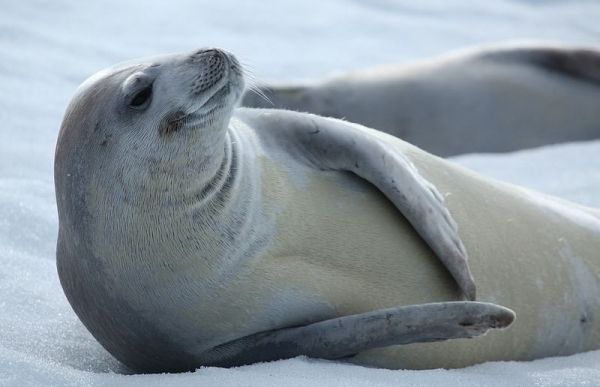Two species of seal found in Antarctic seas are helping scientists collect data about the temperature and salinity of waters around vulnerable ice sheets in West Antarctica.
Environmental scientists at the University of East Anglia (UEA) have been investigating ways of studying warm, salty, deep water in the Amundsen Sea, in the Southern Ocean. Understanding more about how this water gets towards the ice shelves by measuring its temperature, salinity and depth, will help climate change modellers make more accurate predictions about how rapidly the Antarctic ice sheet is melting.
As the ice in west Antarctica melts, it has been estimated that sea levels could rise by up to 3.2 metres, with much of the water draining through two glaciers – Pine Island Glacier and Thwaites Glacier – in the Amundsen Sea. Estimates of future sea level rise vary a lot and scientists need year-round observations to assess and improve climate change models.
Gathering data in summer months is relatively straightforward but getting ships near the area during the winter is impossible because the area is covered in a thick blanket of sea ice. The only information available is from ‘moorings’, strings of measurement devices anchored to the sea floor. These can collect data from a few fixed locations, but they cannot measure near the sea surface at all because the huge icebergs would collide with them.
Read more at University of East Anglia
Photo Credit: Liam Quinn via Wikimedia Commons


